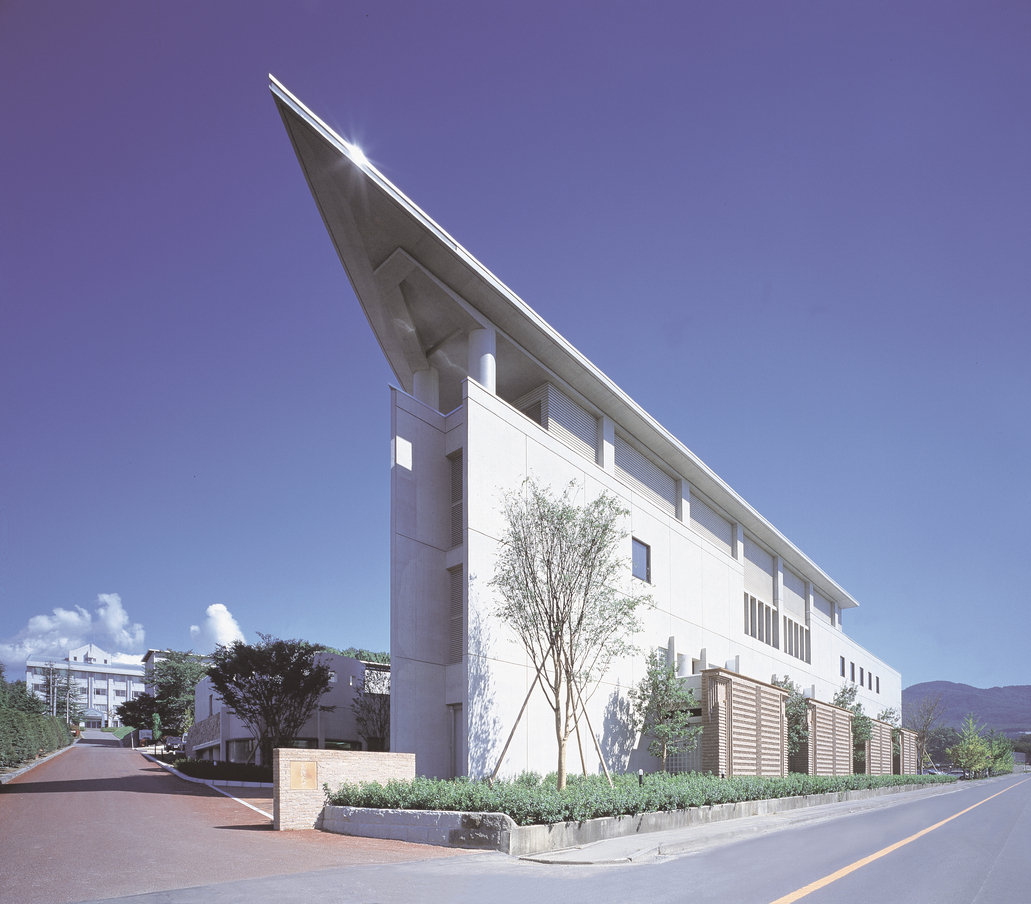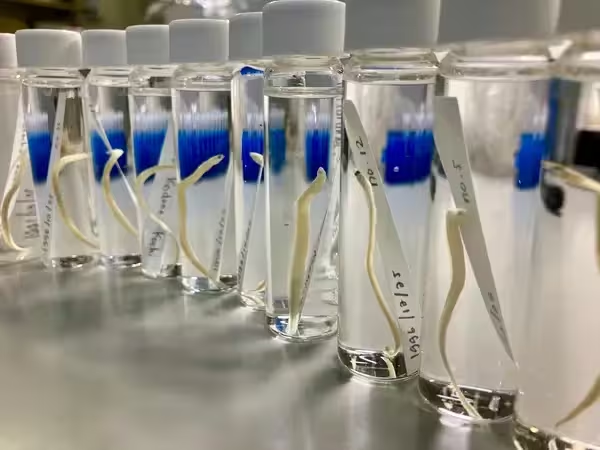Thinking about studying in Japan beyond the big cities? Nagano University in Ueda City blends strong community ties with hands-on academics across Social Welfare, Environmental Tourism, and Business Informatics. The campus sits in a safe, mountain-lined city about 90 minutes from Tokyo by Shinkansen, offering a calmer lifestyle, four distinct seasons, and authentic regional culture. Below you’ll find key facts, strengths, campus life for international students, exchange options, climate and living costs, and outcomes. All data points and links come from official sources to help you evaluate whether Nagano University fits your goals.




Quick Facts: Nagano University (Ueda, Nagano)
Figures confirmed from the university’s official English site and FACTBOOK 2024. See sources in the table cells where relevant.
| Item | Details |
|---|---|
| Type (National/Public/Private) | Public University (Public University Corporation, established by Ueda City) Official Overview |
| Total Students | 1,481 (as of May 1, 2024) FACTBOOK 2024 |
| Campuses | Main: Ueda Campus (658-1 Shimonogo, Ueda City). Additional facility: Institute for Freshwater Biology (Komaki, Ueda). FACTBOOK 2024 (Campus Map & Facilities) / IFB (JA) |
| Faculties/Schools | Faculty of Social Welfare; Faculty of Environmental Tourism; Faculty of Business Informatics; Graduate School of Comprehensive Welfare Studies. Official English Top |
| Biaya Pendidikan | Tuition ¥580,000/year + Education enhancement fee ¥60,000/year; Entrance fee typically ¥423,000 (outside Ueda regional zone). Official Fees (JA) |
| Gender Ratio | Male 43.2% / Female 56.8% (2024). FACTBOOK 2024 |
| Intl‑Student % | ≈0.9% (14 inbound students in 2023, total students 1,481 in 2024). FACTBOOK 2024 (International Exchange) |
| Students per Staff | 26.4 (2024 overall ST ratio). FACTBOOK 2024 (ST Ratio) |
Campus Maps
Nagano University — Multi‑Campus Maps
Embedded Google Maps (search results view, English UI) with address and a direct link to reviews for each site.
Nagano University (Main Campus, Ueda)
Address: 658-1 Shimonogo, Ueda City, Nagano 386-1298, Japan. Read reviews on Google Maps
Institute of Freshwater Biology (Komaki Site)
Address: 1088 Komaki, Ueda City, Nagano 386-0031, Japan. Read reviews on Google Maps
Mission, History & Founding Story
Nagano University is a public university in Ueda City, Nagano Prefecture. The institution’s modern identity is rooted in a long, community-focused history. Its predecessor was established in the late 1960s, and in 2017 Nagano University transitioned from a private foundation to a Public University Corporation under the City of Ueda. The university’s mission emphasizes designing a “Highly Creative Design Society,” linking practical community problem‑solving with academic inquiry and connecting local knowledge to the wider world. Official Overview (EN) / FACTBOOK 2024 (History & Vision)
From its early years, the university built strengths in social welfare and regional studies, later adding Environmental Tourism (2007) and Business Informatics (2007). In April 2021, it launched the Graduate School of Comprehensive Welfare Studies, the only social-welfare–focused graduate school in Nagano Prefecture, deepening advanced research and practitioner training in welfare and developmental support. Graduate School (EN) / Timeline (EN)
Becoming a public university sharpened the focus on local collaboration. The university founded its Regional Development Center to act as a hub for industry‑government‑academic projects, and reorganized its Institute for Regional Symbiotic Welfare to drive research and community impact. These moves support an educational style where students learn through real projects that benefit Ueda and the broader Chikuma River region. Community Collaboration (EN)
Looking ahead, Nagano University has announced an academic reorganization scheduled for April 2026, including a new Faculty of Collaborative Information Science and a Faculty of Regional Management (both tentative names), alongside a new core research building. For prospective students, this signals continued investment in information science, digital transformation (DX), green transformation (GX), and interdisciplinary regional problem‑solving. University Reform (EN)
Key Strengths & Unique Features
Signature Faculty: Environmental Tourism
Environmental Tourism is a distinctive field at Nagano University. With the Japanese Alps, ski resorts, highland plateaus, and onsen towns nearby, the program blends sustainable tourism, environmental studies, and regional development. Students can deepen expertise across the “Environment,” “Tourism,” and “Regional Development” fields, connecting classroom learning with projects in nature conservation, outdoor recreation, heritage tourism, and community revitalization. Graduates apply these skills in travel planning, DMO roles, municipal offices, resorts, and NGOs. Faculty of Environmental Tourism (EN)
Business Informatics & Project-Based Learning
The Faculty of Business Informatics combines management, information, and design—training students to analyze data, redesign services, and solve real client problems. Studio- and project‑based courses partner with local shops, manufacturers, and public bodies to build branding, UX, digital content, and community commerce initiatives. This applied pathway suits students who enjoy designing and testing solutions with measurable impact. Faculty of Business Informatics (EN)
Community Collaboration as a Learning Engine
As a public university, Nagano emphasizes partnership with local industry and government. The Regional Development Center coordinates projects, internships, public lectures, and collaborative research. For international students, this means access to practical, résumé‑ready experiences while contributing to the host community—precisely the kind of evidence‑based, place‑based learning now valued by employers. Community Collaboration (EN)
Graduate School Focused on Welfare & Inclusion
The Graduate School of Comprehensive Welfare Studies offers advanced training addressing aging societies, child and family welfare, disability support, community resilience, and disaster‑related needs. Two majors (Social Welfare; Developmental Support) are designed to cultivate high‑level practitioners and researchers who can turn local evidence into better policy and services. Graduate School (EN)
Right‑Sized Classes & Student–Staff Ratio
Nagano University’s overall student‑to‑staff (ST) ratio is 26.4 (2024). For students used to giant lectures, this scale supports more feedback and project mentorship. FACTBOOK 2024 (ST Ratio)
Planned 2026 Reorganization
From 2026 (planned), the new Faculty of Collaborative Information Science and a reorganized Faculty of Regional Management will expand AI/DX/GX learning and interdisciplinary regional problem‑solving, supported by a new core building. University Reform (EN)
Student Life for Internationals
Clubs & Circles that Welcome Overseas Students
Campus clubs and circles range from sports to culture and volunteer activities. These are a friendly way to practice Japanese and make local friends. Refer to the up‑to‑date list and club guide (JA). Clubs & Circles (JA) / Club Guide 2024 (JA, PDF)
Dedicated Support (Accessibility, Counseling, Daily Living)
Nagano University outlines support for students with disabilities and inclusive learning on its Student Life page. International exchange information and links to partner schools also appear there. Student Life (EN)
Beyond campus, Ueda City operates a Multilingual One‑Stop Center (within City Hall) that assists foreign residents in English, Chinese, Portuguese, Spanish, and Vietnamese on weekdays. Ueda One‑Stop Center (EN)
Language‑Exchange & Peer Support
While formal language‑exchange varies by year, international students typically find conversation partners through circles, class groups, or project teams. The inclusive culture highlighted on the Student Life page encourages peer‑to‑peer support. Student Life (EN)
Partner Institutions & Exchange Options (Outbound‑Focused)
Nagano University maintains overseas partners mainly in Asia (e.g., China, South Korea, Taiwan, the Philippines, Cambodia), enabling short‑ or mid‑term study abroad and faculty collaborations. The Student Life page provides lists by country; FACTBOOK 2024 also summarizes partner universities and annual outbound counts. Student Life (EN) / FACTBOOK 2024 (International Exchange)
Local Climate & Lifestyle (Ueda City)
Ueda sits in an inland basin: summers are warm to hot and winters are cold and dry with many sunny days. Recent years at the Ueda JMA station (Nagano Prefecture, code 0402/48) show peak summer days often in the low‑to‑mid 30s °C and winter nights that can dip below −5 °C, with occasional colder snaps. Always check seasonal forecasts when you plan housing and clothing. JMA Climate Data (Ueda)
Lifestyle highlights include Ueda Castle Park, hot‑spring towns like Bessho Onsen, and quick access to the Japanese Alps. Tourism information is available from national and prefectural sites. JNTO: Ueda Castle / Japan‑Guide: Bessho Onsen / Go Nagano (Prefectural Tourism)
Cost of living in regional Japan is generally lower than Tokyo. Government information for international students provides budget guidance; Ueda’s rental listings (English interfaces) show options from student apartments to share houses. Use these for ballpark checks and consult the university or local agencies for housing leads. Study in Japan: Living Costs (Govt.) / Ueda Rentals (portal)
International Student Statistics
Inbound international students numbered 14 in 2023 (country mix in recent years includes China, South Korea, Sri Lanka, Taiwan, Hong Kong). With total students at 1,481 in 2024, international students account for roughly 1%. Outbound study opportunities are also utilized each year via Asian partners. FACTBOOK 2024 (Int’l Exchange) / Student Life (EN)
Career & Graduate Prospects
Nagano University reports a strong overall employment rate of 97.5% (as of May 2024). Graduates typically enter local government, social welfare and counseling services, tourism and hospitality, regional industries, IT/design roles, and non‑profits—often leveraging the projects they completed with partner organizations in Ueda and across Nagano Prefecture. Student Life (EN) / Community Collaboration (EN)

